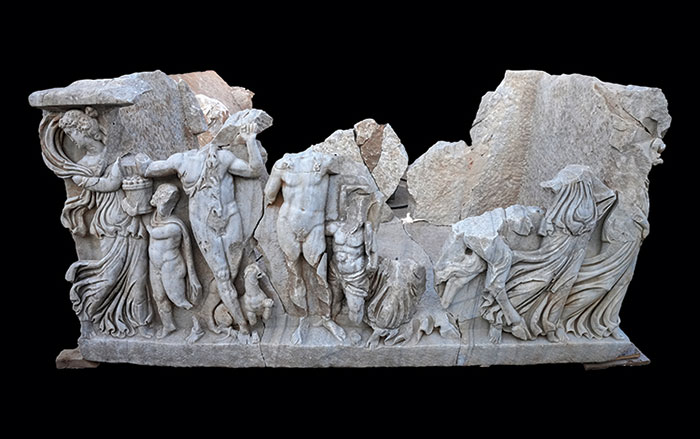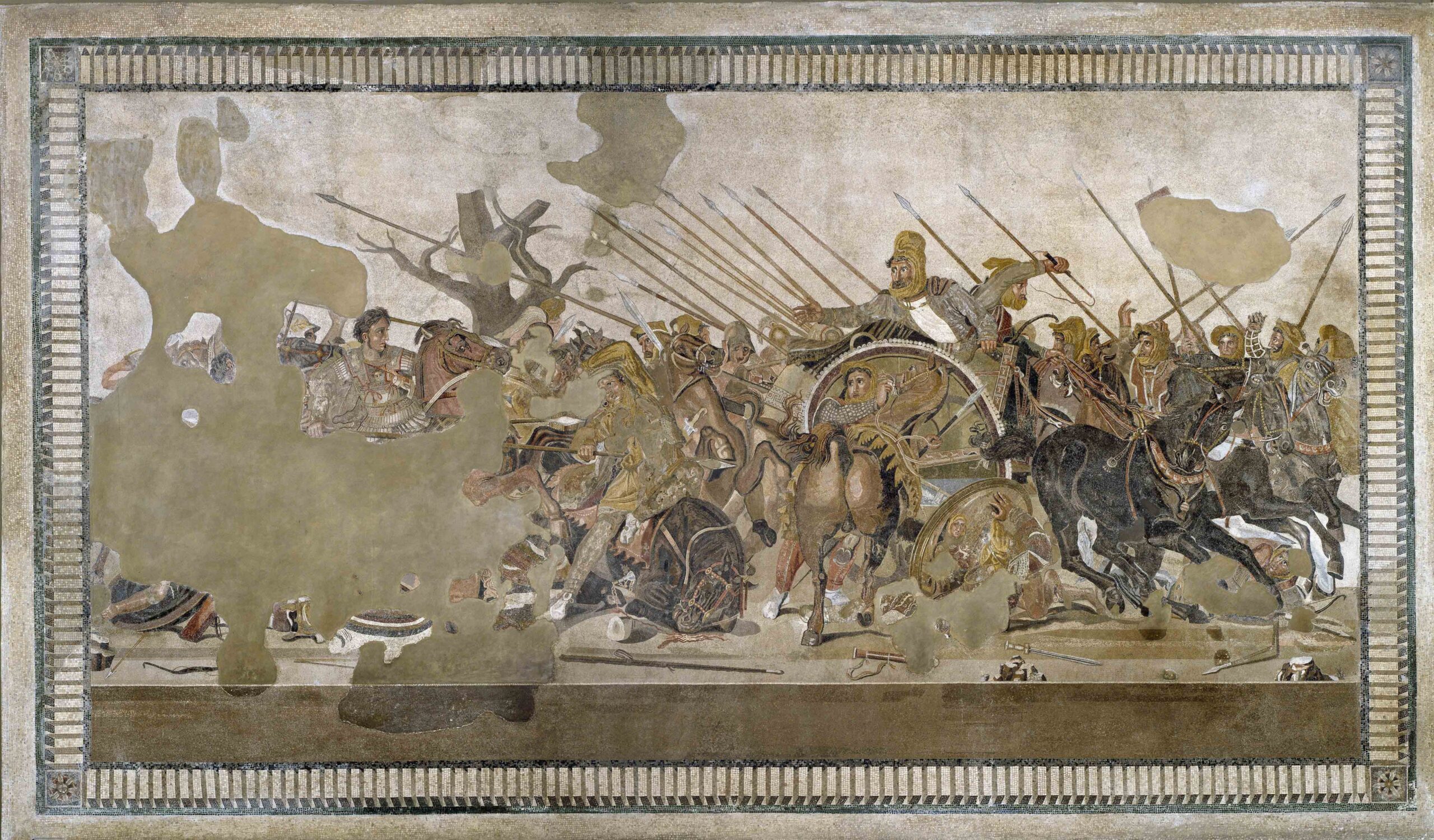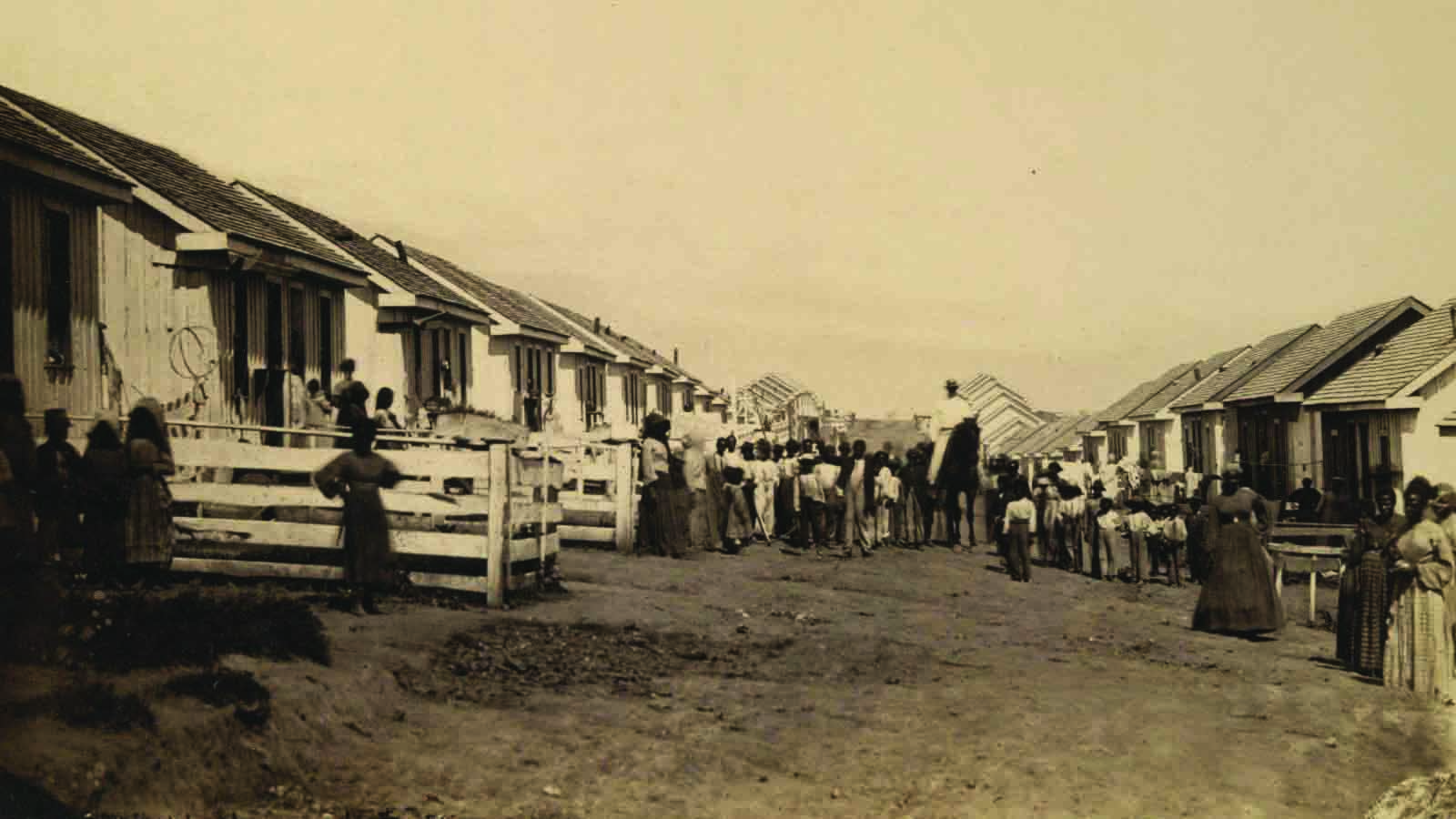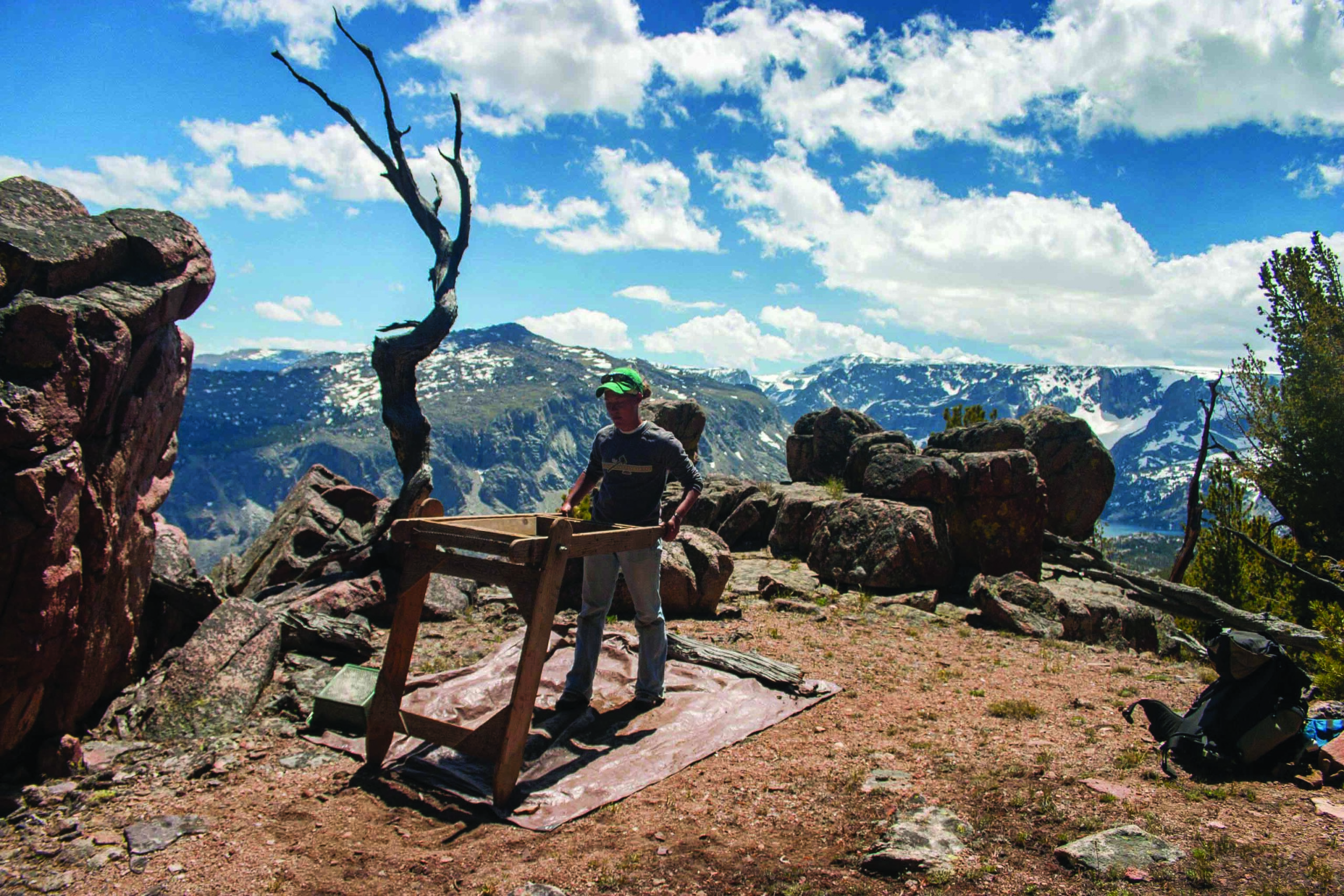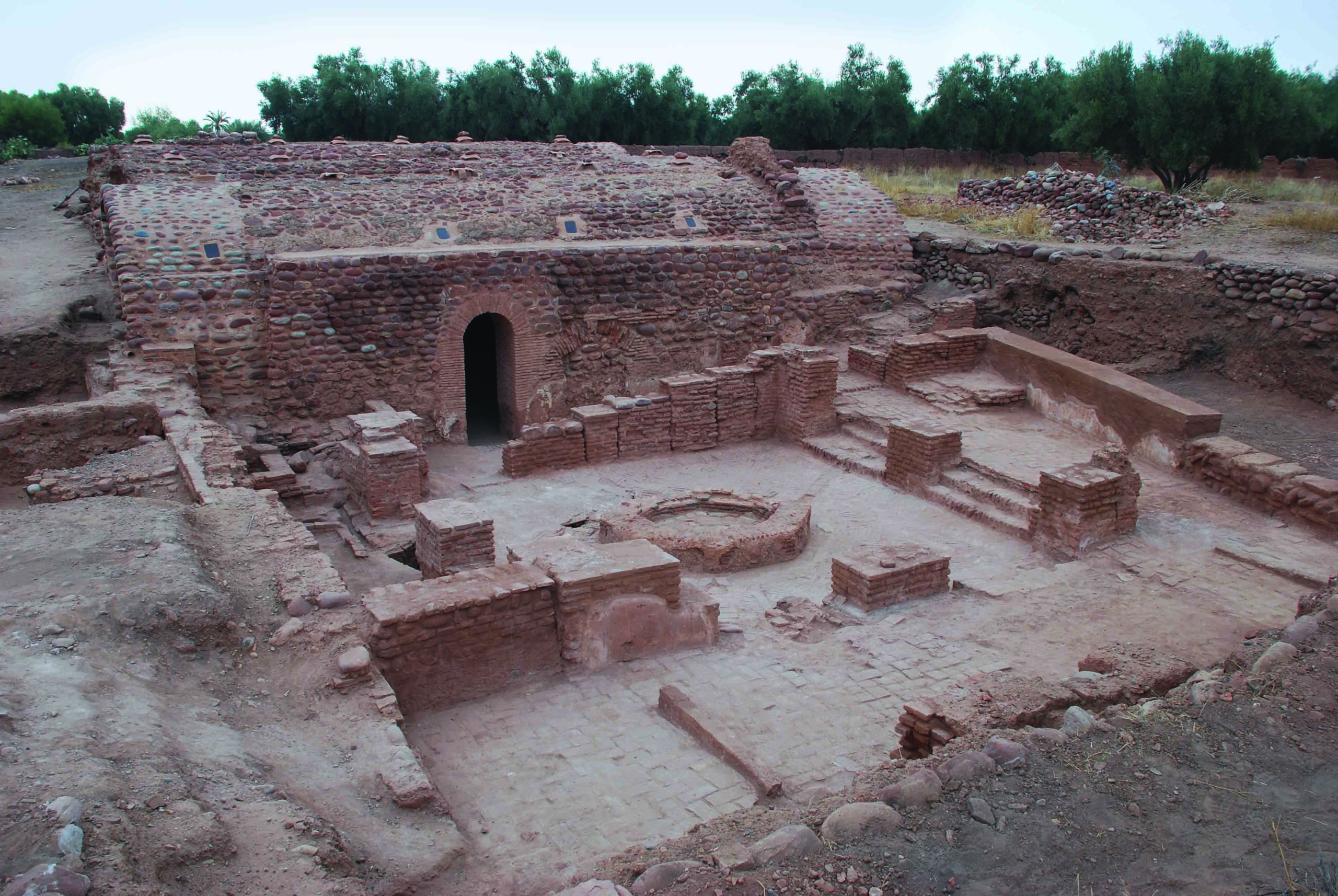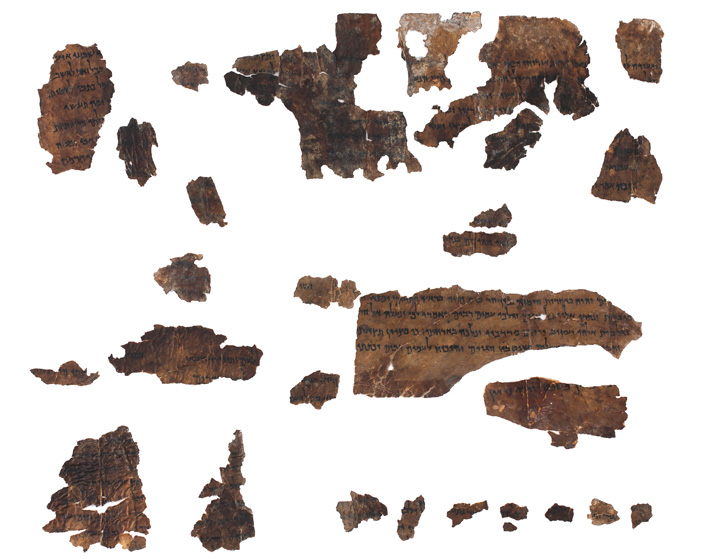
TEL AVIV, ISRAEL—According to a Science News report, molecular biologist Oded Rechavi of Tel Aviv University and his colleagues analyzed animal DNA obtained from 26 Dead Sea Scroll fragments in order to study the possible origins of the ancient parchments. After they excluded the DNA left behind by people who handled the scrolls, the researchers determined that two of the fragments were made from cowskin, and the rest were made from sheepskin. Further analysis of mitochondrial DNA and nuclear DNA indicates that eight of the fragments came from closely related sheep, which suggests these documents were all produced in the same place. Previous research of spelling and other elements of the written tradition had indicated that seven of these fragments originated in the Qumran community. Team member Noam Mizrahi pointed out that cows were not raised in the Judean desert, so cowskin scrolls probably originated somewhere other than Qumran. A Qumran fragment from the biblical book of Isaiah was determined to have come from a group of sheep distinct from the Qumran sheep, and so may also have been produced at an unidentified site. For more, go to "Scroll Search."


